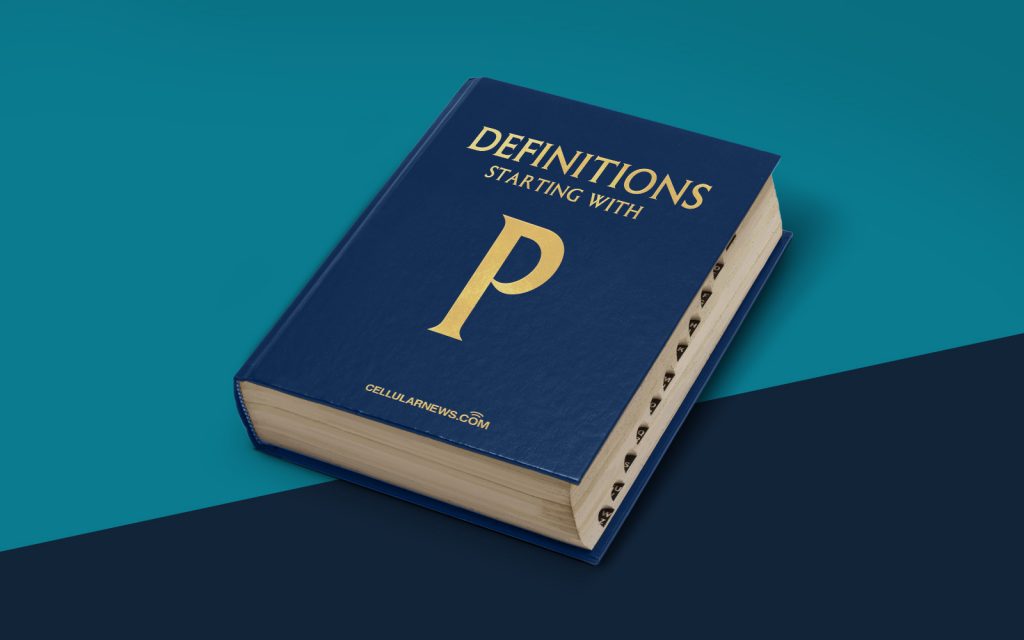
What is Pulse Code Modulation (PCM)?
Welcome to the Definitions category of our page! In this post, we will dive into the intriguing world of Pulse Code Modulation (PCM), an essential concept in the field of digital communication. So, let’s get started and uncover the secrets behind PCM!
Key Takeaways:
- Pulse Code Modulation (PCM) is a method used to digitally represent analog signals.
- PCM is widely used in various applications, including telecommunication, audio recording, and data transmission.
Now, let’s answer the big question: What is Pulse Code Modulation?
Pulse Code Modulation, often abbreviated as PCM, is a technique that converts analog signals into digital form for efficient transmission and storage of information. It involves the sampling and quantization of continuous analog signals into a series of discrete values, known as samples. These samples are then represented using binary code, where each sample corresponds to a specific digital value.
PCM is the foundation of modern digital communication systems. It allows for the reliable and accurate representation of analog signals, such as voice or music, in the digital domain. By discretizing the information, PCM enables easy processing, transmission, and storage of signals while minimizing the impact of noise and transmission errors.
How Does Pulse Code Modulation Work?
Now that we understand the basic concept of PCM, let’s explore how it works:
- Sampling: The first step in PCM is sampling. Here, the continuous analog signal is captured at regular time intervals to obtain a finite number of samples. The sampling rate determines the number of samples taken per second and is essential to accurately reconstruct the original signal.
- Quantization: The next step is quantization, which involves assigning a specific digital value to each sample. The analog values are divided into a finite number of levels, and each sample is rounded to the nearest quantization level. The number of quantization levels determines the resolution and the accuracy of the digital representation.
- Encoding: After quantization, the analog samples are encoded into binary code. Each digital value is represented using a series of bits, typically in a binary format. The number of bits per sample, known as bit depth, determines the range of values that can be represented.
Once the signal has been encoded using PCM, it can be transmitted, stored, or processed using digital devices. At the receiving end, the process is reversed, and the digital signal is converted back to its analog form using a digital-to-analog converter (DAC).
In Conclusion
Pulse Code Modulation (PCM) is a fundamental concept in digital communication. It revolutionized the way analog signals are handled, allowing for reliable and efficient transmission, storage, and processing of information. By converting analog signals to digital form, PCM enables us to enjoy high-quality audio, make clear phone calls, and much more.
So, the next time you pick up your phone to make a call or listen to your favorite song, remember that PCM is working behind the scenes, ensuring a seamless digital experience.
